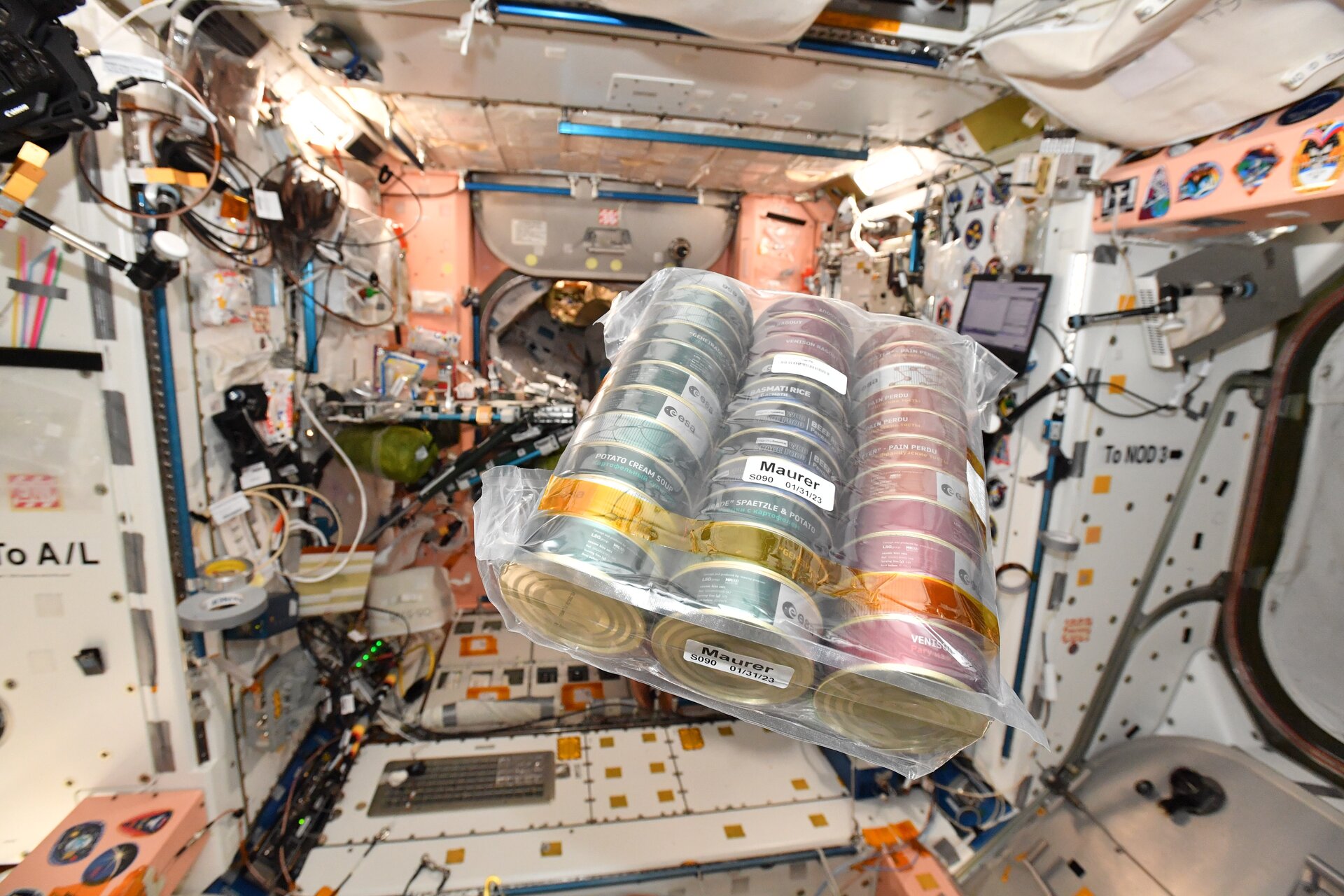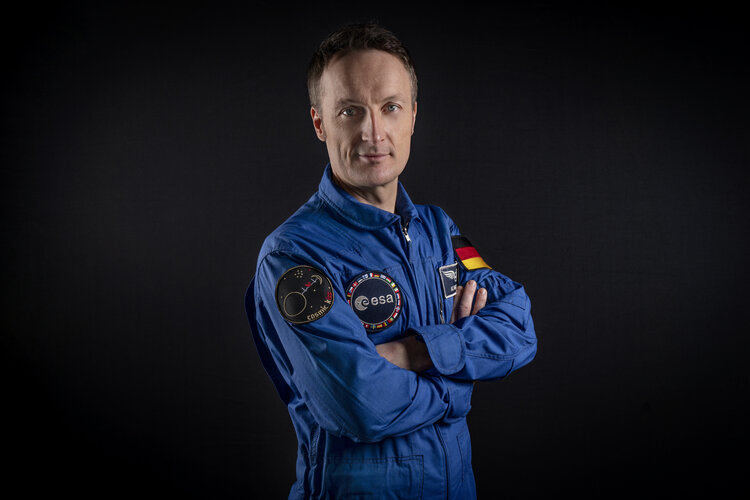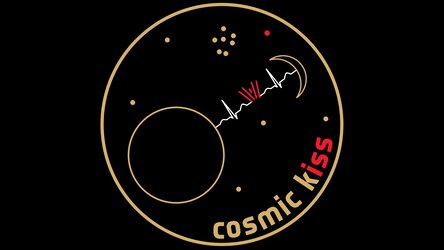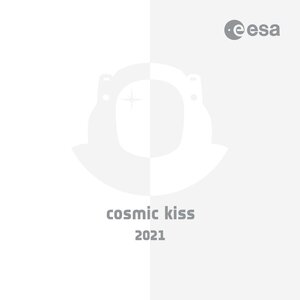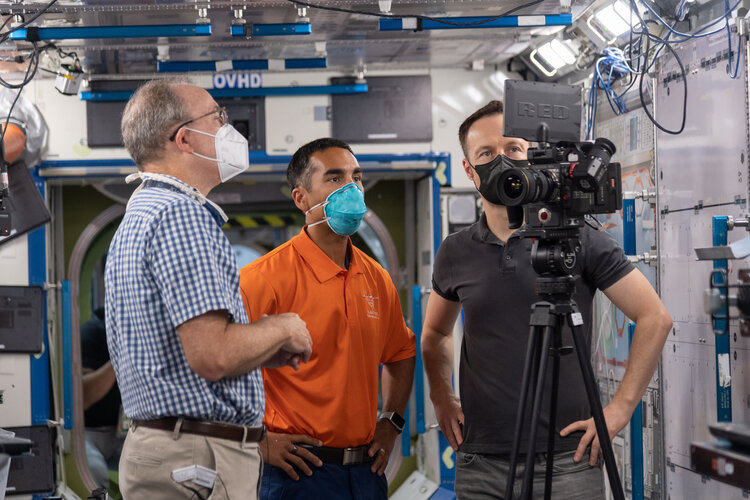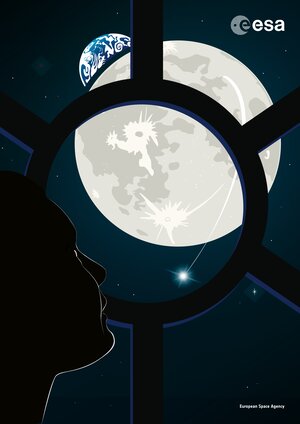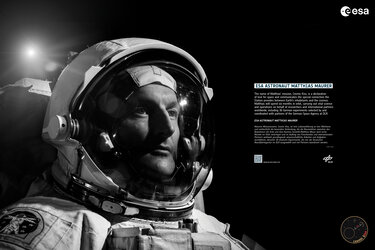A Saarland space feast sprinkled with science
In brief
European food has always been out of this world, but this week ESA astronaut Matthias Maurer shared a taste of his home region, Saarland – with a serving of science – during a space-based Saint Nicholas feast.
In-depth
St. Nikolaus Day is widely celebrated in Germany and other parts of Europe every year on 6 December. This year it provided Matthias with the perfect occasion to share two two-course menus from his home in Saarland with his crewmates on the International Space Station.
The first of these menus was created by SR television and star chef Cliff Hämmerle and consisted of "Geheirade", a type of flour dumplings and boiled potatoes in sauce, and Rostige Ritter (French toast) for dessert. The second menu came from the winner of an online voting competition that the Saarland Tourist Board announced in 2020, in which 10 chefs proposed dishes.

The winner of this competition was the owner and chef of the Taverne Roemische Villa Borg in Saarland, Christian Heinsdorf. His menu consisted of a cream of potato soup and venison stew with creamed wild mustard and hoorische, a type of potato dumpling. ESA then worked with certified catering company LSG Group to prepare and preserve both menus for space.
“We ate all four cans per person for dinner,” Matthias says. “Everyone indulged fully in the culinary highlights of my home region. I also invited them to Saarland to try out more dishes. I hadn’t actually tried the space-versions of these dishes either because I wanted to have the full surprise in orbit, and I have to admit the chefs did a great job!
“The potato soup was a bit less liquid than on the ground but that was on purpose to avoid spilling the soup out of the can in 0 g. The Geheirade and the Rostige Ritter tasted as I remember them. The potato soup and venison were new to me, but I look forward to trying the originals at Taverne Roemische Villa Borg when I return to Earth.”
Clever cutlery
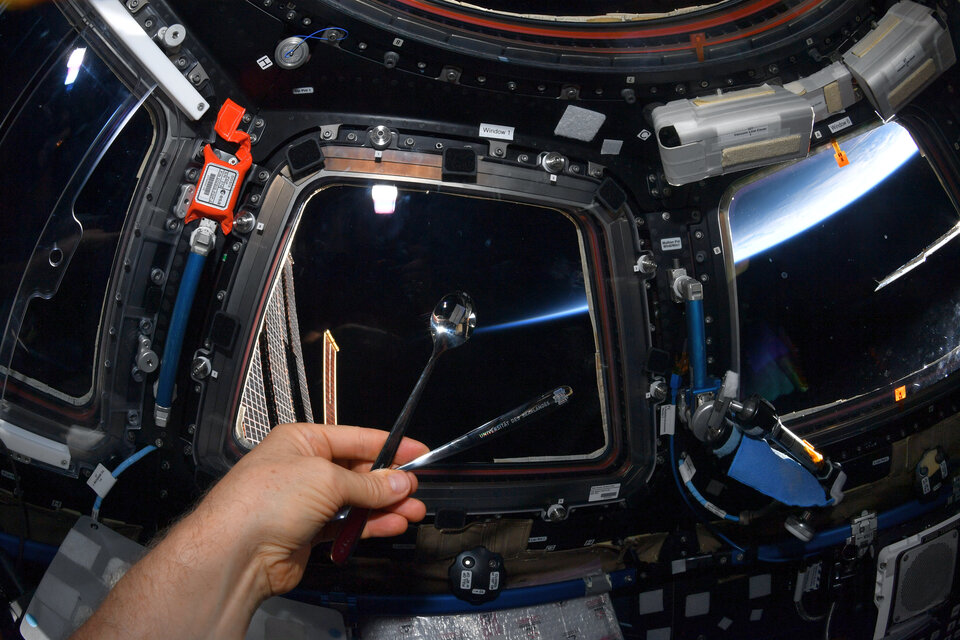
Food was not the only touch of Saarland present at the festive feast. The astronauts also ate with special spoons made of stainless steel and copper. These spoons are part of an investigation into the antimicrobial properties of laser-structured surfaces.
Principal investigators Ralf Möller of the Institute of Space Medicine, German Aerospace Center, Cologne and Frank Mücklich from the Institute for Functional Materials, Saarland University have been jointly investigating the antimicrobial effect of laser-structured surfaces for use during space travel since 2017. Though the antimicrobial effect of some metals has been known for a while, modern laser surface structuring is thought to result in up to 80% less bacterial adhesion and could significantly reduce the transmission of harmful germs both in space and here on Earth.
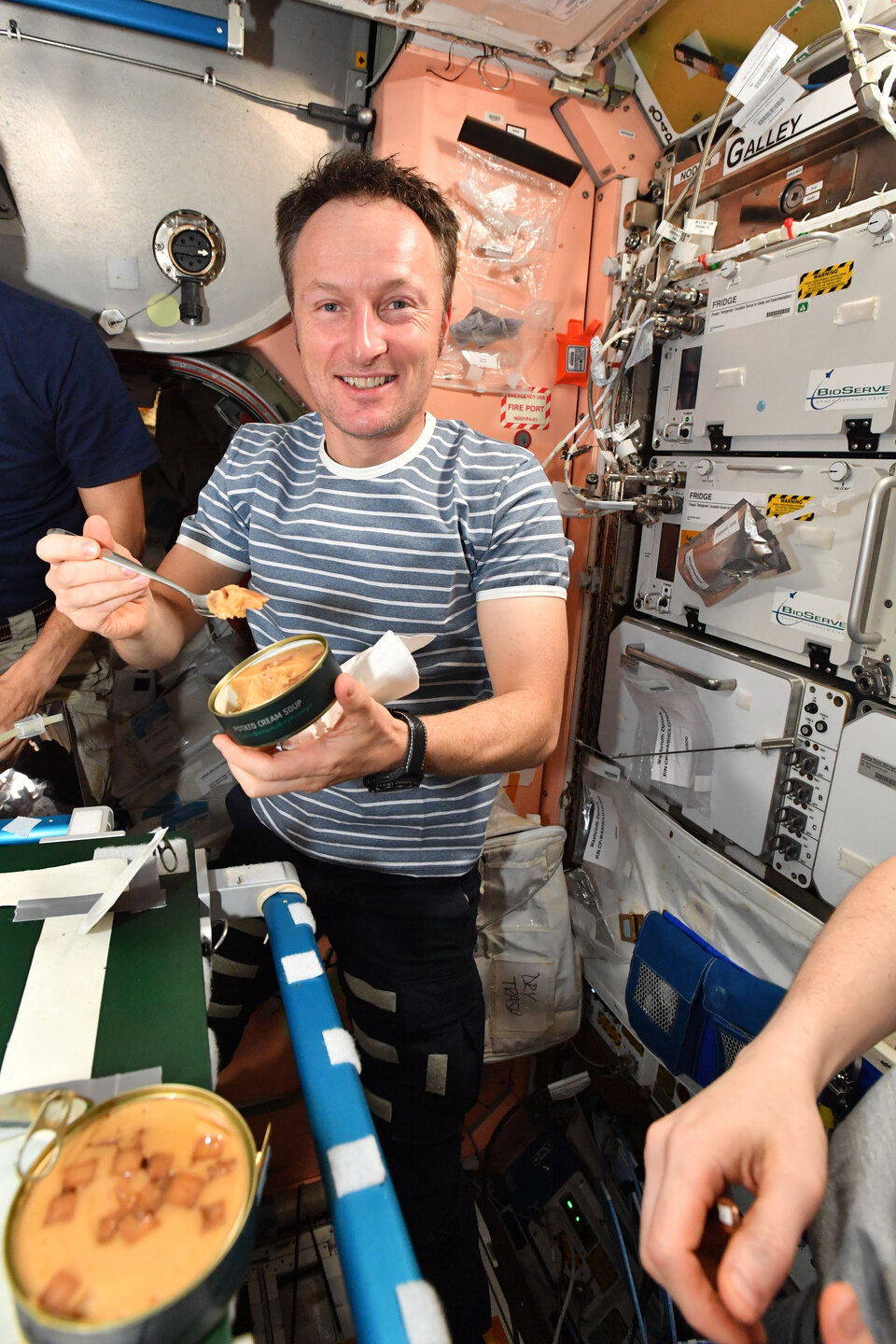
Ralf and Frank describe the aim of the spoons experiment as “to find out how efficiently spoons with surfaces made of stainless steel or copper and additionally defined periodic, microscopically fine laser structures prevent the accumulation of microorganisms or even kill them, when they adhere to them, and how robust the structured surfaces are in everyday use.”
Matthias and his crew mates were asked to use the spoons as much as possible, with only a light cleaning between individual use before they are returned to Earth for analysis.
Though they hope the spoons will help shed light on the best materials for safer surface, Ralf says the subject of whether food tastes better on Saarland cutlery could remain up for debate.
“We will ask Matthias after the flight whether the food tastes better with the Saarland high-tech spoons. But here we may encounter some bias,” he jokes.
In his initial reports Matthias says, “The small surface treated test areas on the spoons didn’t change any eating sensation – on the contrary, using these surface treated spoons made the eating event even more special.”
Safer surfaces in space and on Earth
The Saarland spoon study is one of a number looking at the development of more hygienic surfaces and Frank says it acts as a “scientific bridge” a number of other investigations underway during the Cosmic Kiss mission. These include an experiment called Biofilms, also developed by the aerospace microbiology research group at the German Aerospace Center (DLR) Institute of Aerospace Medicine and the Chair of Functional Materials at Saarland University.
Running in a temperature-controlled incubator for studying biological samples in Europe’s Columbus module known as Kubik, Biofilms tests the antimicrobial properties of laser-structured metal surfaces such as steel, copper and brass under microgravity conditions.
Recently, Matthias also posted images of a technology demonstration called Touching Surfaces, where nano-structures applied with a laser to novel surfaces made of copper and brass will be examined for their antimicrobial effect.
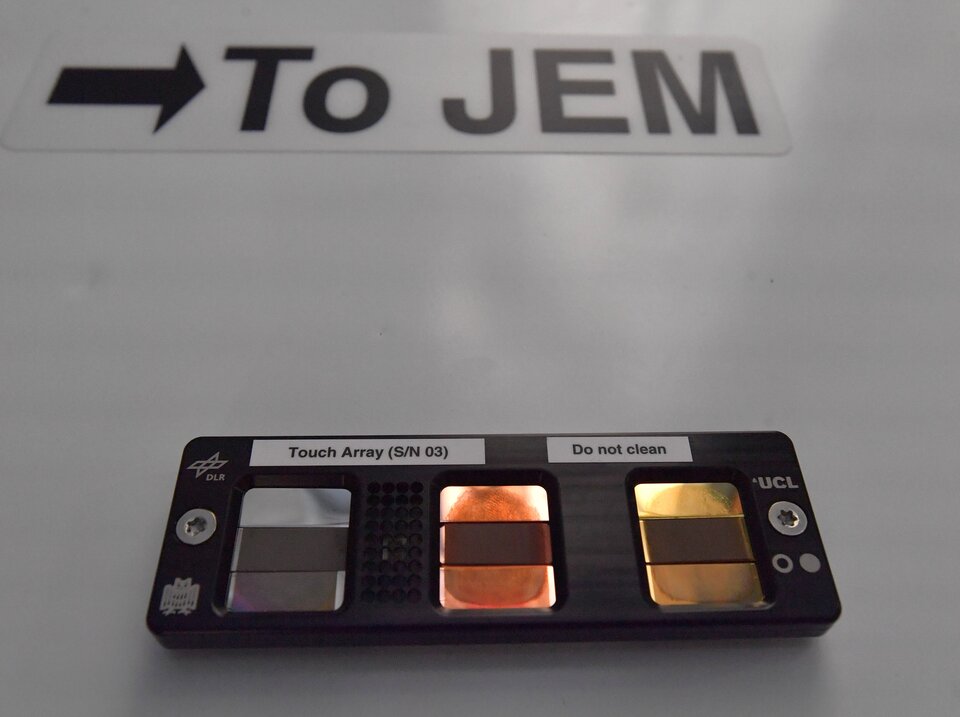
Throughout Cosmic Kiss, five Touching Surfaces panels will be exposed to the indoor environment of the Space Station, with astronauts encouraged to touch them frequently before they are returned to Earth for material science and molecular biological analysis.
For more about the Cosmic Kiss mission, visit the ESA mission webpage. You can also follow Matthias on Twitter, Facebook and Instagram for regular updates from space.


